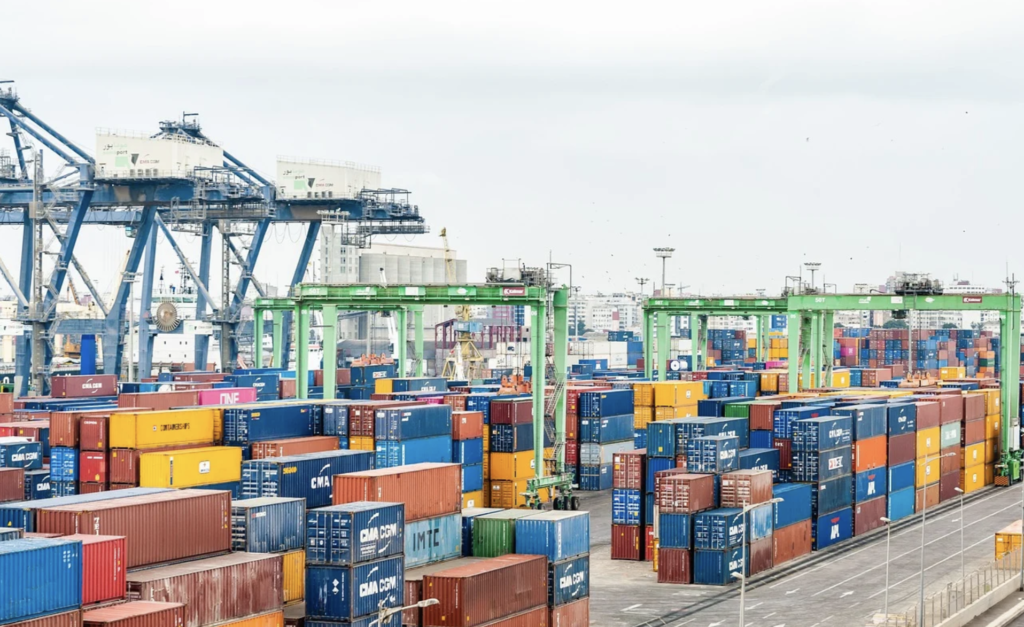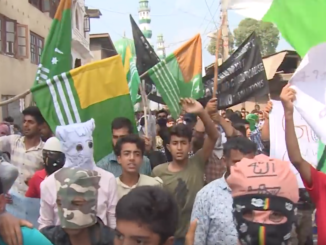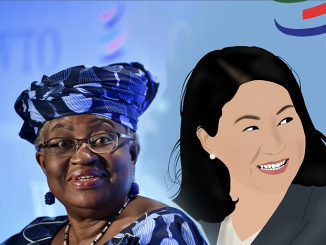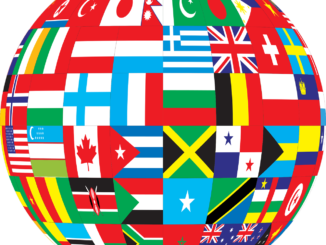
This article analyzes the industrial sector of Pakistan in terms of how the government is helping facilitate industries in manufacturing and export. Pakistan is an import and consumption-led economy and there is an effort to move it towards an industrialized one to increase the standard of living.
Of our GDP, 18.74% is agriculture, 19.74% is industry, and 61.52% pertains to services, according to the 2019 estimate; this makes it appear that sectors other than the industry are contributing more than 80% to the GDP. But these figures do not reflect the fact that the industrial sector is the center of gravity which helps create the overall wealth of the nation by uplifting other sectors of the economy. This can be in the form of creating demand for other products, raising revenue from taxes, creating jobs, etc.
Pakistan is the fifth-largest market in the world after China, India, the US and Indonesia, but in terms of nominal GDP it ranks 42nd. The above countries’ exports are $2,499, $322, $1,645, and $183 billion respectively, while Pakistan’s exports stand at less than $25 billion. This ranks us closer to countries such as Sudan, Yemen, Afghanistan and Ethiopia, countries whose exports are contributing less than 10% to their GDPs.
We have learned again and again the importance of diversification in economic dependency. The diversification in Pakistan is very narrow, both in terms of the number of commodities we export – textile exports alone are $13 billion out of a total $23 billion – and in terms of export destinations where 70% of our value-added exports are for the EU and US markets alone.
Right now, in Pakistan, there is a need for drastic changes related to reforms, structure, and agreements of investment, businesses, and trade. The trade deficit is expected to be $26 billion in 2020 and if business remains as usual then in 2023 the estimated trade deficit will be $28 billion.
Access to the major and value-added oriented markets is necessary. To achieve duty-free access or at least achieve parity in major markets as compared to other competitors, the country’s image is very important and diplomacy plays a major role here. Pakistani exports have suffered in Japan, Canada, and Australia due to higher duties for Pakistan as compared to Bangladesh. However, Pakistan has parity access in the US for our textiles as compared to countries like Bangladesh and, further, the EU GSP+ status will give Pakistan duty-free access to the European market for prescribed goods. Similarly, Pakistan needs to consider ongoing lobbying in Washington to obtain preferential access in the country.
In knitted apparel, as of 2018, the share of exports for China, Bangladesh, and Vietnam is 30.5%, 8.4%, and 5.8% respectively. Though Pakistan’s export value grew 14% as compared to the world’s 6%, our Pakistan’s overall export share is just 1.2%. There is potential to increase this if Pakistan moves towards man-made fiber by adding value to it.
In woven apparel, as of 2018, the growth of Bangladesh and Vietnam is 12% and 16% respectively, but China’s exports declined by 3% due to relocation to other countries since China is moving from cheap commodities to high technology value-added products. Pakistan can avail this opportunity by getting relocation of Chinese manufacturing in Pakistan and can increase its export share while simultaneously creating new jobs.
A business environment where Small and Medium Enterprises (SME) can grow and be developed is key for a country to move from an import oriented and consumption-led economy towards one based on industrialization. And in the short to medium term, educating SME as to global trade procedures would help widen the export eco-system. High bank spread is a big hindrance right now in converting new ideas to established businesses and in preventing 3.3 million existing SMEs from becoming a source of Pakistan’s foreign currency reserves.
There is light at the end of the tunnel. The recently announced National Tariff Policy will bring down the rates of duty on manufacturing inputs, allowing Pakistan to integrate into the global value-chains, somewhat along the lines of what Vietnam done has in the last 10 years.
To attract investment, stability in the exchange rate is very important for industries. Yet in the past, the PKR/Dollar price was stable for a long period of time at around 100, and in that same period, SBP’s reserves fell from around $18 billion to $6 billion; less than 2 months of import payment remained, a serious security risk as well as an economic one. While the PKR/Dollar price is now at a staggering 165, it is somehow a true market value and at the same time reserves are increasing from around $6 billion in the start of the present govt to now more than $12 billion. So it seems, that there is no risk of a major fluctuation in the exchange expected in the short to medium term.
In the first phase of Chinese investments in Pakistan through CPEC, the focus was on two primary developments: energy self-sufficiency and transport infrastructure. According to the Pakistan Economic Survey of 2020, Pakistan is now energy sufficient with installed capacity reached to 37,402 MW and the current demand is 25,000 MW. Thanks to 17 CPEC energy-related projects. But still, there is an energy crisis. Where does the problem lie now? The problem is in the transmission and distribution capacity which is 22,000 MW and that is due to rampant corruption and theft in the distribution system. However, the government is now taking some initiatives in that direction as well. In the second phase of the CPEC, the focus is now on making Pakistan an industrialized country which will help increase our exports and foreign reserves in the medium to long-term, and to achieve this the emphasis is on Special Economic Zones (SEZs) and the relocation of manufacturing from China to Pakistan. For the last 50 years – from the Cold War to the War on Terror – Afghanistan had been a source of many crises for Pakistan. Once Pakistan’s financial hub, Karachi, been the victim of terrorism due to Pakistan’s weak border with Afghanistan, to say nothing of the northern side and the whole of Pakistan. Now, after the Trump Administration’s decision to withdraw US forces and settle the conflict with negotiation, the situation has already changed much. Once a source of crisis, now is all set to become a major market for export and transit between Pakistan and the Central Asian Republics.
![]()




Be the first to comment